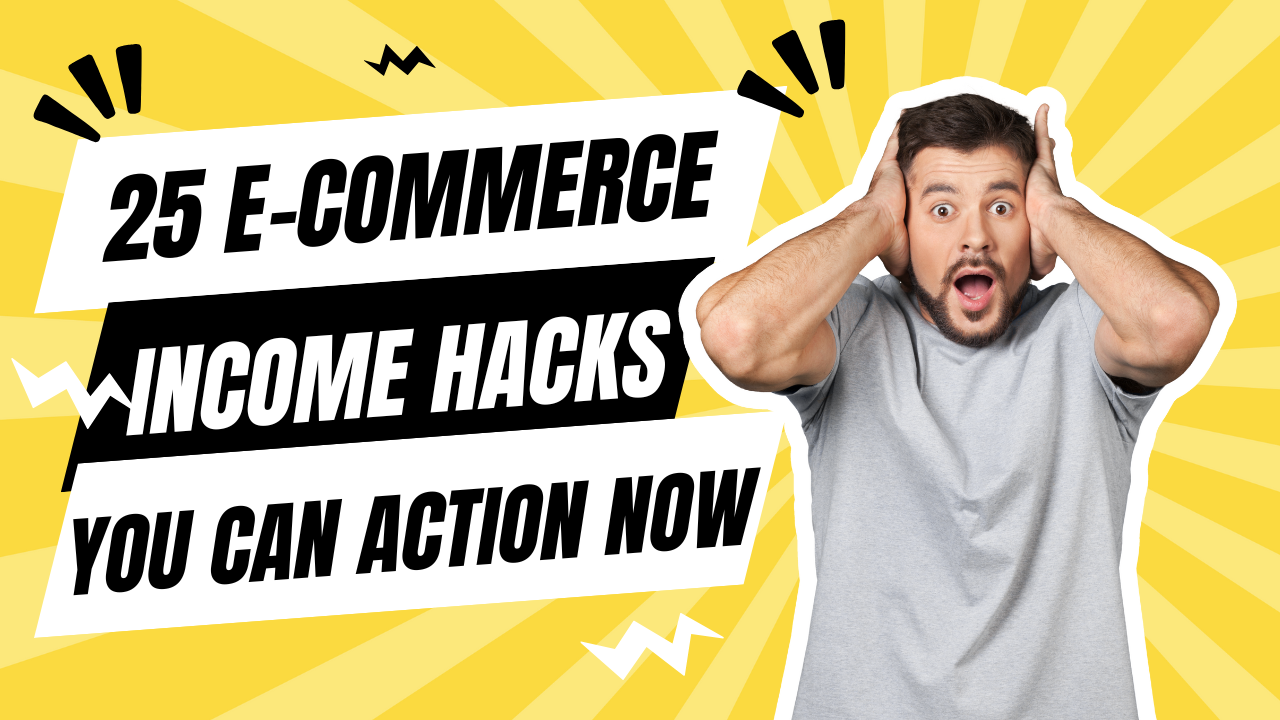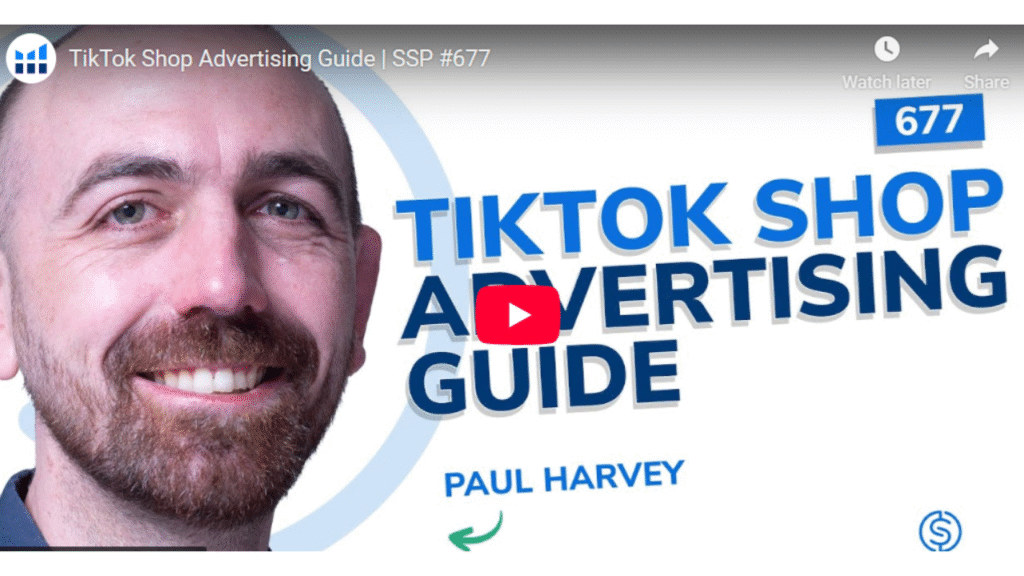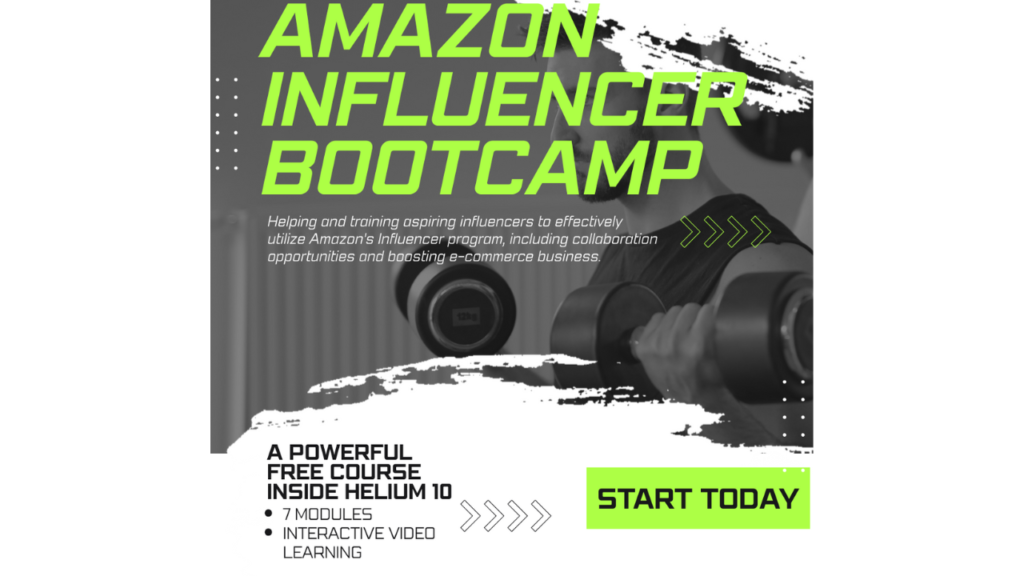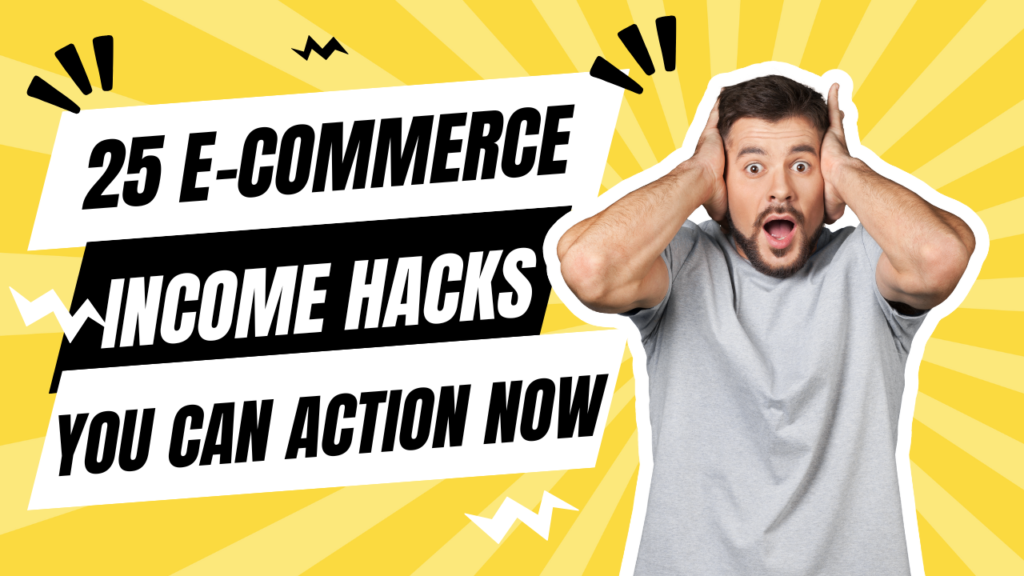Running an ecommerce business involves many moving parts, but a few quick wins can significantly improve your conversion rates and sales. Below are 25 top ecommerce “hacks” – simple, proven tactics that require minimal technical skill – organized into key categories.
These tips span from website tweaks and product listing optimizations to marketing strategies and customer retention, ensuring sellers on any platform (Shopify, WooCommerce, Amazon, Etsy, etc.) can find useful advice. Implementing these practical hacks can lead to immediate impacts on your conversions and revenue.
Website Optimization Fixes
Improve Site Loading Speed: Speed up your website to reduce visitor drop-off. If a site takes longer than 2 seconds to load, about 53% of customers lose interest. Even a 1-second delay can cut conversions by 7%, so use tactics like image compression and optimized hosting to keep pages snappy.
Ensure Mobile-Friendly Design: Make your storefront responsive on all devices, especially smartphones. With mobile commerce now accounting for roughly half of online sales, a mobile-first design is crucial. A site that’s easy to navigate on a phone (fast loading, readable text, tap-friendly buttons) prevents losing the growing segment of mobile shoppers.
Simplify Your Site Navigation: Keep your website layout clean and focused. Crowded pages overwhelm shoppers – simple designs generally convert better. Highlight your best-selling or highest-margin products on the homepage and use clear menus. By decluttering and featuring a few key items (instead of everything at once), you guide visitors to what you want them to buy without distraction.
Include an Easy-to-Use Search Bar: Add a prominent search box so customers can quickly find products. On-site searchers often have high intent – between 30% – 60% of visitors will use site search, and those who do are 2 to 4× more likely to convert than others. Ensure the search bar is visible on every page and consider features like auto-suggestions to improve the user experience.
Use Clear and Bold CTA Buttons: Make your “Add to Cart” or “Buy Now” buttons impossible to miss. Use contrasting colors and action-oriented text (e.g. “Buy Now”, “Get it Today”) to draw attention. Many small businesses lack clear CTAs on their homepage, hurting conversions. Each page should have one primary call-to-action that stands out – a bold button that tells shoppers exactly what to do next.
Product Pages & Listings Updates
Optimise Product Titles (Keywords & Clarity): Craft descriptive, keyword-rich product titles to improve both search visibility and click-throughs. Clear titles help shoppers understand the product at a glance. In one case, optimising product titles with relevant details led to a 94% increase in conversions. On marketplaces like Amazon or Etsy, include key attributes (e.g. colour, size, material) and use terms customers search for, so your listing attracts the right buyers.
Use High-Quality Product Images: Showcase your items with crisp, high-resolution photos. Shoppers rely on images to judge your product’s quality. In fact, high-quality product photos have a 94% higher conversion rate compared to low-quality ones. Provide multiple images (different angles, close-ups, and lifestyle shots) so customers can virtually “inspect” the product. Clear, professional images build trust and help buyers visualize owning the item.
Write Detailed, Benefit-Oriented Descriptions: Don’t skimp on product descriptions – answer any question a customer might have. Detail features, dimensions, materials, and (importantly) the benefits or uses of the product. Online shoppers can’t talk to a sales clerk, so the description must do the selling. Many won’t take the time to email or call with questions, so include all essential info up front. A thorough, well-written description instills confidence, reduces uncertainty, and can improve conversion rates.
Add Product Videos or Demos: If possible, include a short video showing your product in action. Videos are excellent for explaining complex or unique products where photos and text might not suffice. Seeing the product used in real life helps answer common questions and can boost buyer confidence. For example, a 30-second demo of a gadget or a model walking in an apparel item can showcase features and give shoppers a better feel for the product, nudging them toward purchase.
Provide FAQ or Q&A Sections: Predict and answer common questions on the product page. A brief FAQ section (or, on platforms like Amazon, a customer Q&A) can clarify details that aren’t obvious from the description, such as fit, compatibility, or usage tips. By addressing frequent doubts or concerns directly on the listing, you remove final obstacles to buying. This extra information can be the bridge that connects a hesitant shopper to a confident purchase decision.
Trust & Credibility Quick Fixes
Display Customer Reviews and Ratings: Showcase feedback from buyers to build trust. Social proof is powerful – 88% of users trust online reviews as much as personal recommendations. Ensure your product pages (or storefront, for marketplaces) highlight star ratings and customer comments. Positive reviews reassure new customers that your product is as advertised. Even negative reviews (and your response to them) can lend authenticity. If you’re just starting out, actively encourage buyers to leave reviews by following up with a polite request after purchase.
Offer a Clear Return/Refund Policy: Make it easy for customers to see your return or satisfaction guarantee policy. Over 50% of customers read the return policy before buying, and knowing they can return an item if needed reduces purchase anxiety. Clearly state how many days they have to return, any money-back guarantees, or warranty information. A no-hassle return policy can tip the scales in favour of a sale by assuring shoppers they won’t be stuck if something goes wrong.
Show Trust Badges and Security Seals: Display signs that your site is secure and reliable. For instance, if you have an SSL certificate (HTTPS), include a lock icon or “Secure Checkout” message. Trust badges for payment (Visa, MasterCard, PayPal logos) or certificates (like Norton Secured, BBB Accredited) also help. Over half of consumers only shop on sites with SSL security, as it ensures their personal and payment data is encrypted. These visual cues of security and legitimacy can boost shopper confidence, especially on your checkout pages where they enter sensitive info.
Leverage User-Generated Content (UGC): Incorporate real customer content (photos, videos, or testimonials) on your site or listings. Seeing other shoppers using and enjoying a product builds authenticity. In fact, 53% of shoppers say user-generated photos/videos make them more confident in a purchase than professional product shots. You might showcase an Instagram feed of customers with your product or highlight a testimonial with a user’s name and picture. UGC provides relatable, trust-building proof that people like your products in real life.
Provide Fast and Helpful Customer Support: Make sure customers can easily reach you (or your team) with questions or issues and get a quick response. Options like live chat on your website, a clearly published support email/phone number, or prompt replies through marketplace messaging can all boost trust. Shoppers often favor businesses with responsive customer service – about 63% are more likely to buy from sites with live chat support available. Being available to instantly answer questions or resolve concerns can prevent cart abandonment and show that you stand behind your customers.
Marketing & Outreach Tips
Use Exit-Intent Pop-Ups to Retain Leaving Visitors: Don’t let potential customers slip away without a fight. An exit-intent pop-up is a last-second window that appears when a user is about to close the site or tab, often offering a discount or asking for an email signup. For example, if someone is about to bounce, you might show “Wait! Here’s a 10% off coupon if you complete your order now.” When done tactfully, these pop-ups re-engage visitors and can significantly reduce bounce rates and improve conversions. Make the message clear and the incentive attractive but avoid being too pushy or you might annoy the user.
Send Abandoned Cart Recovery Emails: Set up automated emails to win back shoppers who add items to their cart but don’t finish checkout. Often called retargeting or cart abandonment emails, these are extremely effective at recapturing lost sales. For instance, if a customer leaves without buying, email them after a few hours with a friendly reminder – and perhaps a small incentive like a discount or free shipping. Many people just need that nudge (or had an interruption) to come back and complete the purchase. A well-timed email that mentions the items left in their cart (with images) and a call-to-action to complete checkout can convert a lot of those almost-sales into revenue.
Grow and Engage Your Email List: Email marketing is one of the highest-ROI channels in ecommerce, so capture visitor emails and stay in touch. Offer a newsletter, a discount for signing up, or useful content to encourage subscriptions. Regularly send value-packed emails – such as new product announcements, exclusive promotions, or useful tips related to your products. This keeps your brand on customers’ radar and drives repeat traffic. Remember, email has massive earning potential: on average businesses make about $68 for every $1 spent on email marketing. Even simple campaigns like a monthly promo or holiday sale alert can boost your sales significantly.
Leverage Social Media and Social Commerce: Meet your customers where they scroll. Maintain an active presence on platforms like Instagram, Facebook, Pinterest, or TikTok – whichever align with your audience. Post engaging content (product photos, how-tos, customer showcases) and interact with your followers. Social media can directly drive sales; for example, 71% of online users are more likely to purchase based on social media referrals or recommendations. Use features like Instagram Shopping or Facebook Shops to let users buy products directly through social posts. Also encourage satisfied customers to share their purchases on social media (perhaps with a branded hashtag or contest) to amplify word-of-mouth.
Implement a Customer Referral Program: Turn your happy customers into advocates. A referral program rewards customers for bringing in new buyers – for instance, “Give $10, Get $10” credits for each friend who makes a purchase via a personal referral link. This taps into the trust of personal recommendations: 92% of people trust recommendations from friends and family over any other form of advertising. By incentivizing referrals, you not only acquire new customers at a low cost, but also reward loyal customers, increasing their satisfaction. Ensure the referral process is simple (provide a unique link or code) and the reward is enticing enough to motivate sharing.
Pricing & Checkout Hacks
Offer Free Shipping (or Clear Shipping Thresholds): Shipping costs are one of the top reasons for cart abandonment, so consider offering free shipping – even if only for orders over a certain amount. Many online shoppers will add more to the cart to reach a free shipping threshold. In one case, a store that started free shipping on orders over $100 increased conversions by 50% overnight. If truly free shipping for all orders isn’t possible, be very transparent about shipping fees from the start (e.g. show a shipping calculator in the cart). Surprise costs at checkout will drive customers away; it’s better to build those costs into your prices or advertise them upfront.
Create a Sense of Urgency: Encourage immediate purchases by highlighting time-sensitive deals or low stock. Limited-time offers (flash sales, countdown timers for a sale ending) and scarcity cues (“Only 3 left in stock!”) can push indecisive shoppers to act now rather than later. For example, you might show a countdown banner during a weekend sale or note on a product page if an item is almost sold out. Used in moderation, these urgency tactics play on FOMO (fear of missing out) and have proven effective – one A/B test showed that adding urgency elements nearly tripled conversion rates for an offer. Just be genuine (don’t lie about stock or deadlines) to maintain trust.
Highlight Discounts and Promotions Clearly: Make sure any sales, deals, or coupon offers are highly visible to shoppers. Many consumers are bargain-hunting – about 45% of shoppers will only buy products on sale. So, if you have a discount, shout about it! Use banners on your homepage (“Summer Sale: Up to 50% Off!”), tag discounted products with the sale price and the original price strikethrough (so customers see the savings) and list any active coupon codes prominently. Also, consider having a dedicated “Sale” or “Clearance” section on your site/store menu so deal-seekers can easily find marked-down items.
Simplify the Checkout Process: Streamline your checkout to make purchasing as easy as possible. A lengthy or complicated checkout is a conversion killer – nearly 1 in 5 shoppers abandon their cart because the checkout process is too long or complex. To fix this, reduce the number of form fields and steps required. Allow guest checkout without forcing account creation (an optional account signup after purchase is fine). Only ask for essential information (name, shipping address, payment details). Each extra field or page is an opportunity for the customer to quit. Aim for a clean, one-page checkout or as few steps as you can manage. Also offer multiple payment options and digital wallets (credit cards, PayPal, Apple/Google Pay, etc.) – if a shopper’s preferred method isn’t available, up to 50% might abandon and go elsewhere. In short, make checkout quick, convenient, and friction-free to lift your conversion rate.
Encourage Customer Loyalty for Repeat Business: Remember that converting a new customer is only the beginning – to truly boost revenue, focus on retention. Consider implementing a simple loyalty or rewards program to incentivize repeat purchases. This could be as straightforward as giving points for each purchase that can accumulate toward a discount or offering exclusive perks to returning customers (like early access to new products or a special loyalty discount code). The impact can be huge: on average, 65% of a company’s revenue comes from existing customers’ repeat business. By rewarding loyalty, you not only increase the chances of second, third, or tenth purchases, but you also foster a deeper relationship with your customer base. Repeat customers tend to have higher lifetime value and often refer others, creating a virtuous cycle for your ecommerce growth.
Each of these 25 hacks is designed to be easy to implement yet highly impactful. By improving your website and listings, building trust, smartly marketing to customers, and smoothing out the checkout and post-purchase experience, you create a shopping journey that encourages visitors to convert and come back for more. Even if you start by applying just a handful of these tips, you’ll be stacking the odds in favour of better conversion rates and increased revenue for your ecommerce business.







